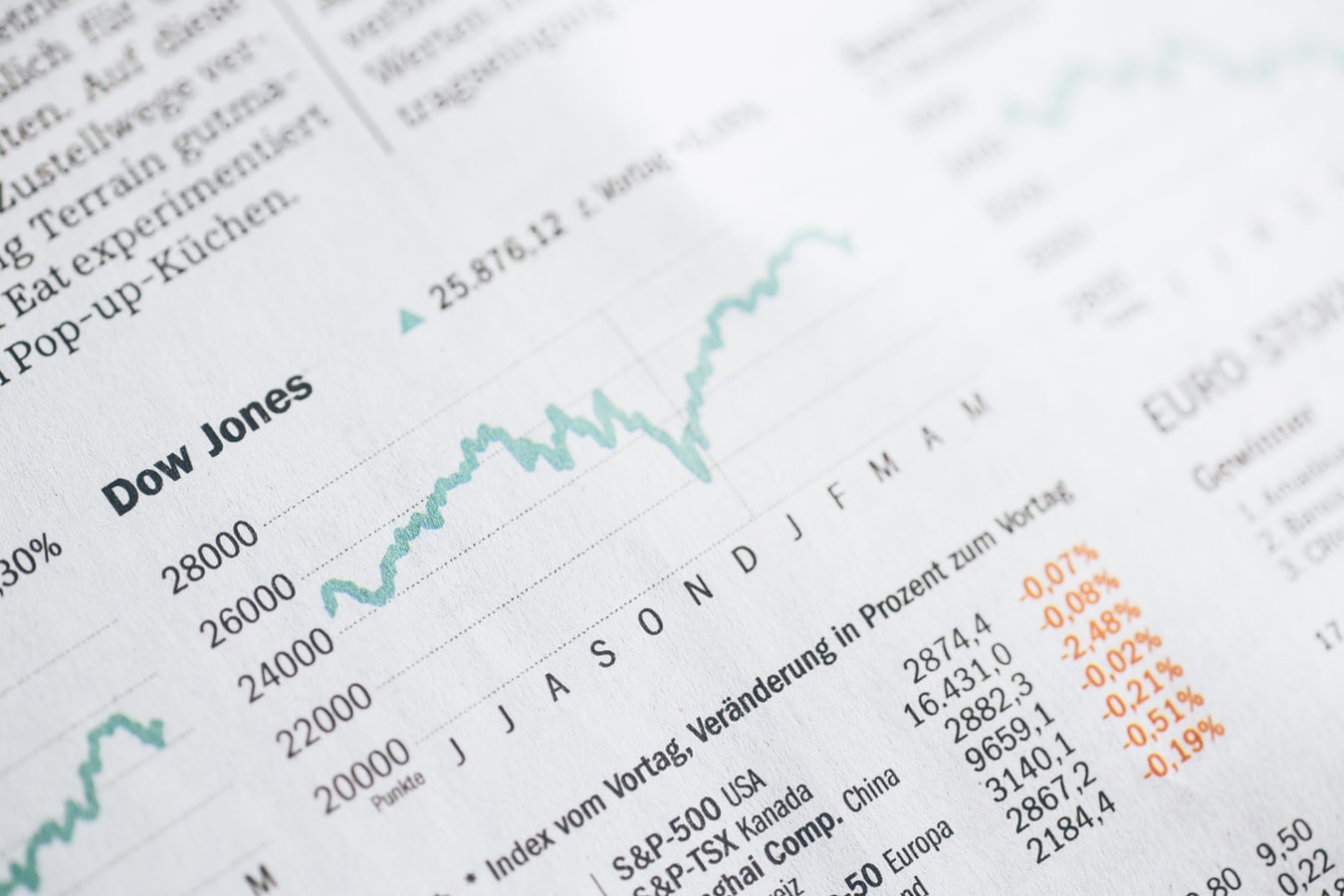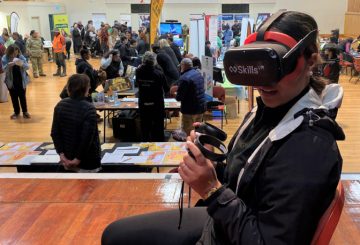A new survey has found that small businesses in New Zealand are more optimistic about their own growth prospects than the wider economy’s. According to CPA Australia’s 2022-2023 Asia-Pacific Small Business Survey, only 40% of businesses in New Zealand expect the national economy to grow, which is one of the lowest rates in the region. However, two-thirds of small businesses in the country expect their business to grow, up from 60% in 2021.
Rising costs are a concern for 37% of businesses, compared to 29% in 2021, and the survey predicts that this will continue to challenge businesses in 2023.
New Zealand small businesses are also investing less in digital technologies, with only 36% of businesses reporting that more than 10% of their revenues come from online sales, the lowest result among the 11 economies surveyed. They are also the least likely to use social media for business purposes at 34%, and to offer digital payment options such as PayPal or Google Pay at 42%.
Additionally, 42% of small businesses in New Zealand spend little time or money addressing environmental, sustainable and governance matters, ranking near the bottom of the region’s rankings.





























































